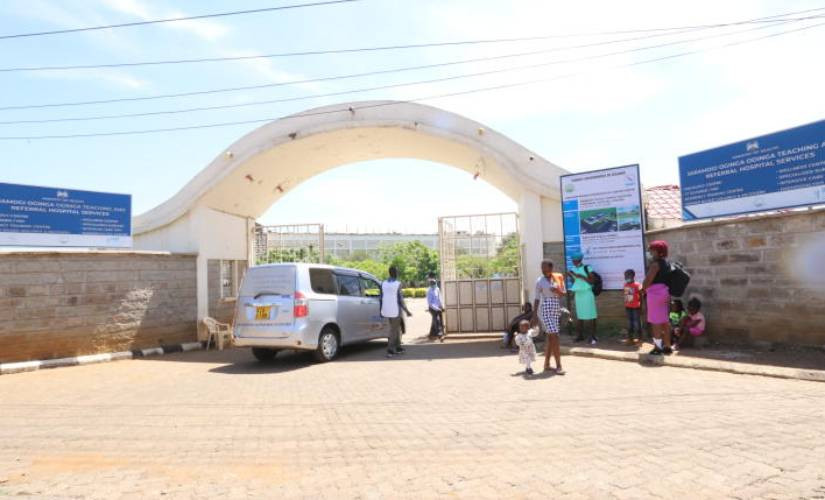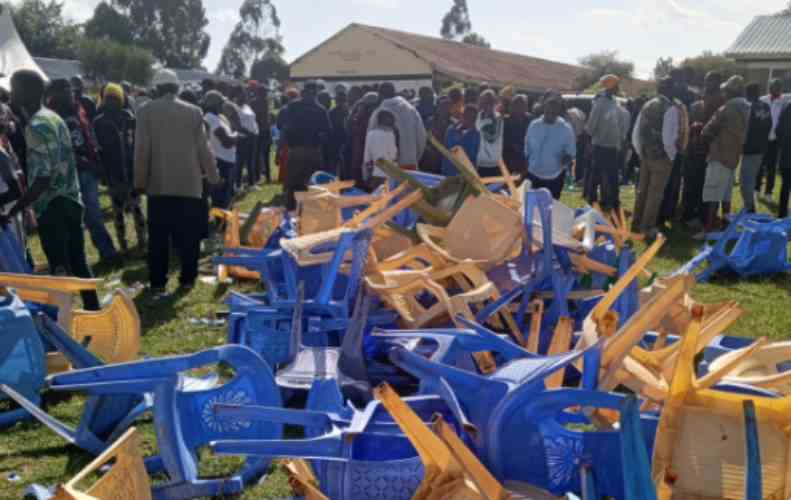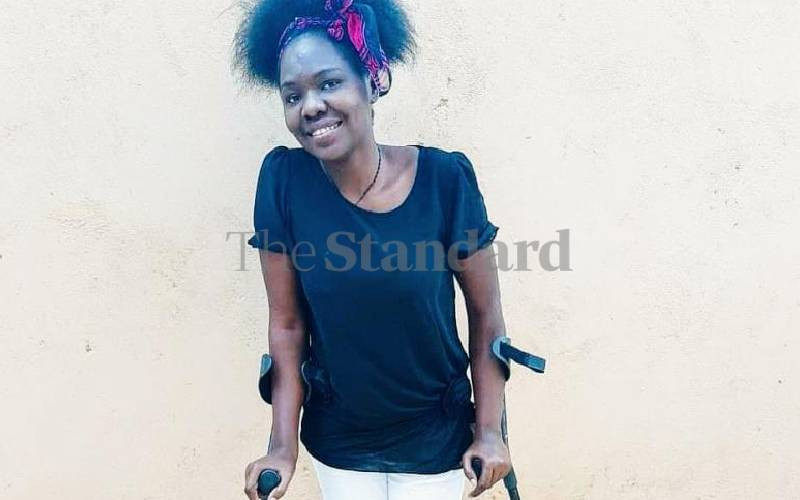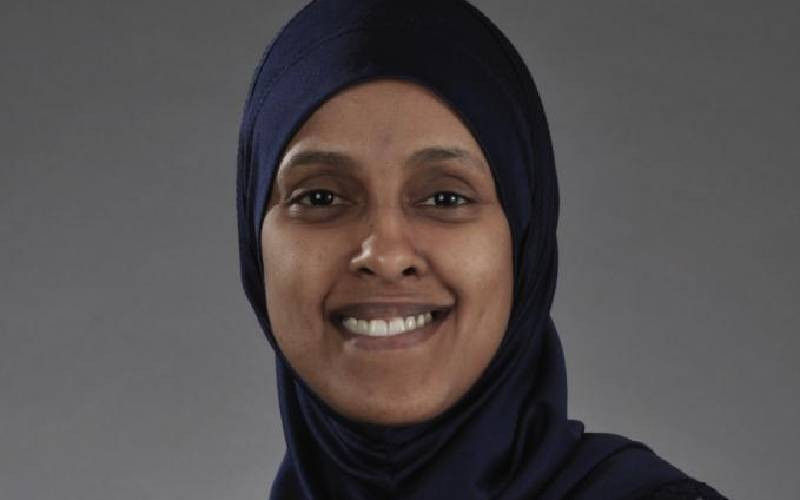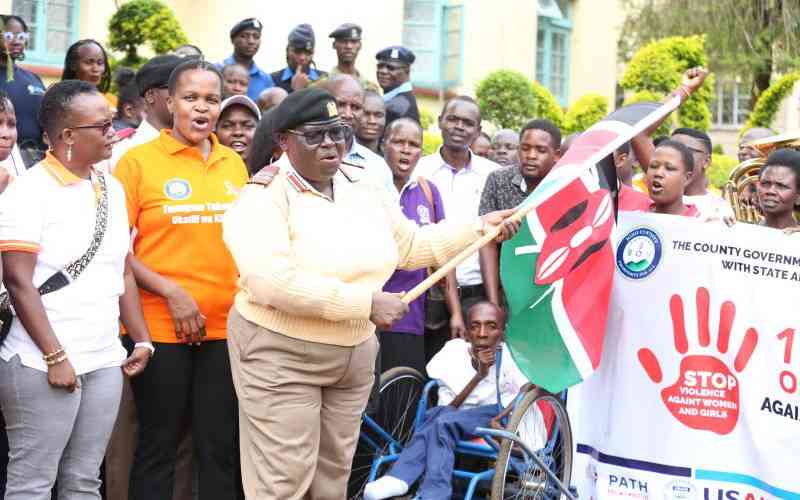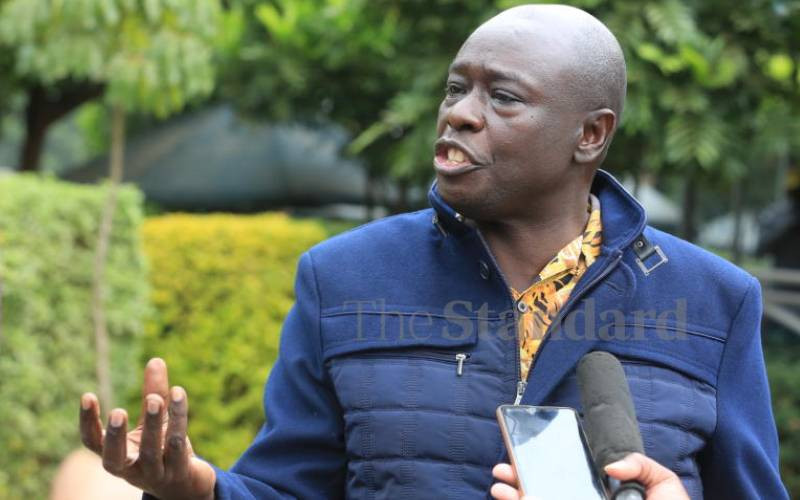Do you know what happens to the placenta after birth? In most cases, it is discarded together with the umbilical cord. It is considered biological waste. But in some developed countries such as France and the US, mothers can choose to donate their baby’s placenta to a tissue bank.
Others might also opt to have some blood, known as cord blood — extracted from the cord — and store it in a blood bank. “Unlike other blood, cord blood has high concentration of blood components. It also contains stem cells that have the potential to differentiate into any types of cells,” explains Dr Sikolia Wanyonyi, a Foetal Medicine Specialist at Aga Khan University Hospital.
Why is this important, you ask?
While other cells can only make copies of themselves, stem cells can mature into literally any type of body cells. Unlike other cells that can only replicate a limited number of times before wearing down, stem cells can replicate many times over. When dividing, a stem cell can replicate itself or create any differentiated cell.
To extract cord blood, soon after the birth of a child, the doctor clamps the umbilical cord in two places (about 10 inches apart). He then cuts the cord, separating the baby from their mother. “Using a needle, the doctor can extract blood from the umbilical vein in the cord. It is no different from extracting blood from a vein. This process can yield as much as 100 millilitres of cord blood,” Dr Wanyonyi says.
The extraction process takes only a few minutes and is painless for both mother and child. The extracted blood is sealed in a bag and sent to a blood bank for testing and storage. “The extraction and storage of cord blood for future medical use is relatively new. The idea is to store the stem cells for the individual to use to treat some types of cancers. There’s also a possibility of such stem cells being used to repair or replace damaged organs,” Dr Wanyonyi says.
Collecting and storing cord blood is advisable in cases where there’s a high risk of some genetic disorders. “For example, in case a child has a high risk of developing a blood disorder such as thalassemia aplastic anemia, cord blood van be helpful,” he elaborates.
What makes these cells so special?
Under the right conditions in the body or a laboratory, stem cells can divide to form more stem cells or specialised cells (cells with specific function such as brain cells, blood cells, heart muscle cells or bone cells.) This makes these cells potential to regenerate and repair damaged body tissue priceless.
Stem cells are also found in small numbers in the bone marrow and other tissues in both adults and children. They can also be found in embryos that are three to five days old. At this stage, an embryo is known as a blastocyst and has about 150 cells. Embryonic stem cells are harvested during in-vitro fertilisation (IVF), something which has been a source of controversy for years. Embryonic stem cells are known as pluripotent stem cells because they can give rise to virtually any other type of cell in the body.
Compared to embryonic stem cells and stem cells extracted from cord blood, adult stem cells have more limited ability to differentiate. Note that “adult stem cells” refers to stem cells found in infants, children and adults.
Recently, scientists found a way to turn adult stem into induced pluripotent stem cells (iPSCs). Just like pluripotent stem cells from embryos, iPSCs can differentiate into all types of specialised cells in the body. Programming adult stem cells into pluripotent stem cells has brought hope in treating various diseases. In future, cells extracted from one’s skin might be used to treat a disease. Induced pluripotent cells can also be used to prevent the immune system from rejecting an organ transplant.
Stem cell science isn’t new. Doctors have been utilising the power of stem cells for decades through bone marrow transplants which are known to treat certain types of cancer including leukemia, multiple myeloma and some types of lymphoma. Bone marrow transplants are also used in the treatment of immune deficiency disorders, genetic disorders and neurologic disorders. For some diseases, stem cell transplant may be the primary treatment. But for others, stem cell treatment is only used after other treatments have failed or in experimental research programmes.
Downsides of cord blood
One of the biggest downsides of cord blood is that it doesn’t contain many stem cells. To counter this, units from several donors can be combined to boost the number of stem cells in case a transplant is required.
Stay informed. Subscribe to our newsletter
Additionally, the storage of cord blood doesn’t come cheap — especially if parents want to use a private blood bank. Considering that there’s only 1 in 217 chance of the child ever needing to use the cord blood they donated, the cost of storage is discouraging. The fees for cord blood banking ranges between $500 and $2,500 with additional annual storage fees of $100 to $300 per year thereafter. “The cost has made cord blood storage very exclusive. Not many people are able to pay the storage costs,” Dr Wanyonyi says.
There also legal implications to consider. “There’s no legislation regarding cord blood storage in Kenya at the moment. In case someone dies without using their stem cells, it is not clear what would happen. Would the cord blood be donated or thrown out? This is a legal gray area at the moment,” Dr Wanyonyi adds.
Cord blood storage in Kenya
In Kenya, parents who are interested in cord blood banking can contact blood banks. “Although most people don’t know about it yet, it is happening in Kenya already. We collect cord blood but there’s no cord blood storage, so the blood has to be flown out for storage in other countries. The nearest cord bank storage is in South Africa,” Dr Wanyonyi explains.
Kenyan parents who are interested in cord blood storage can contact local agents of blood banks. Some of the blood banks with local agents are Netcells which is based in South Africa, Future Health which is based in the UK, and Cryoviva which is based in India.
Pinky Ghelani, a Kenyan model and media personality said on Mums Village online platform about her decision to bank her daughter’s cord blood. She has since partnered with the blood bank as a local ambassador.
When all is said and done, there’s no doubt that cord blood has potential to save lives.
“There’s possibility of this technology becoming more accessible in the future. There will be more blood banks dedicated to storing cord blood, which will bring down the storage costs,” Dr Wanyonyi says.
 The Standard Group Plc is a
multi-media organization with investments in media platforms spanning newspaper
print operations, television, radio broadcasting, digital and online services. The
Standard Group is recognized as a leading multi-media house in Kenya with a key
influence in matters of national and international interest.
The Standard Group Plc is a
multi-media organization with investments in media platforms spanning newspaper
print operations, television, radio broadcasting, digital and online services. The
Standard Group is recognized as a leading multi-media house in Kenya with a key
influence in matters of national and international interest.
 The Standard Group Plc is a
multi-media organization with investments in media platforms spanning newspaper
print operations, television, radio broadcasting, digital and online services. The
Standard Group is recognized as a leading multi-media house in Kenya with a key
influence in matters of national and international interest.
The Standard Group Plc is a
multi-media organization with investments in media platforms spanning newspaper
print operations, television, radio broadcasting, digital and online services. The
Standard Group is recognized as a leading multi-media house in Kenya with a key
influence in matters of national and international interest.

